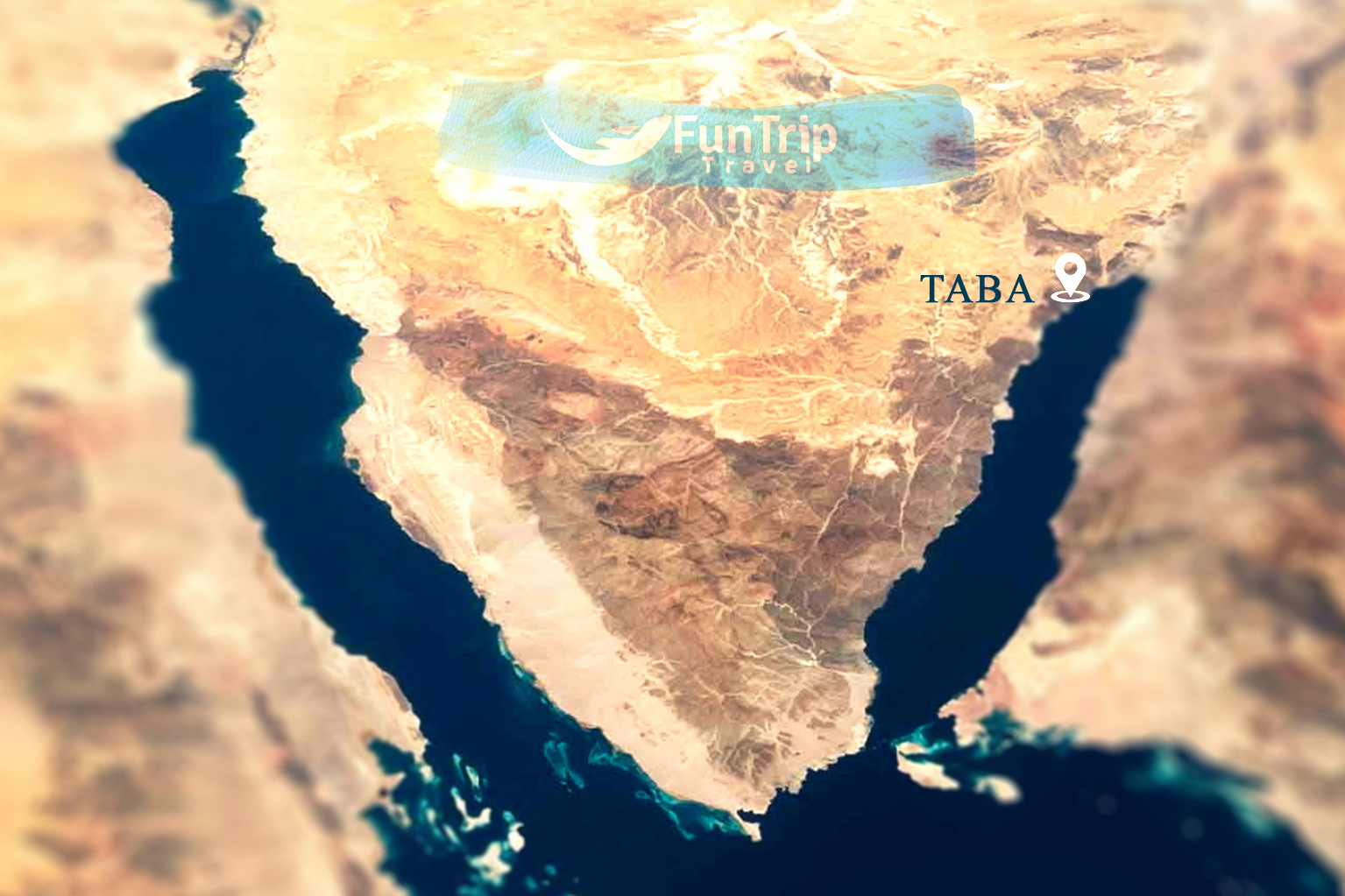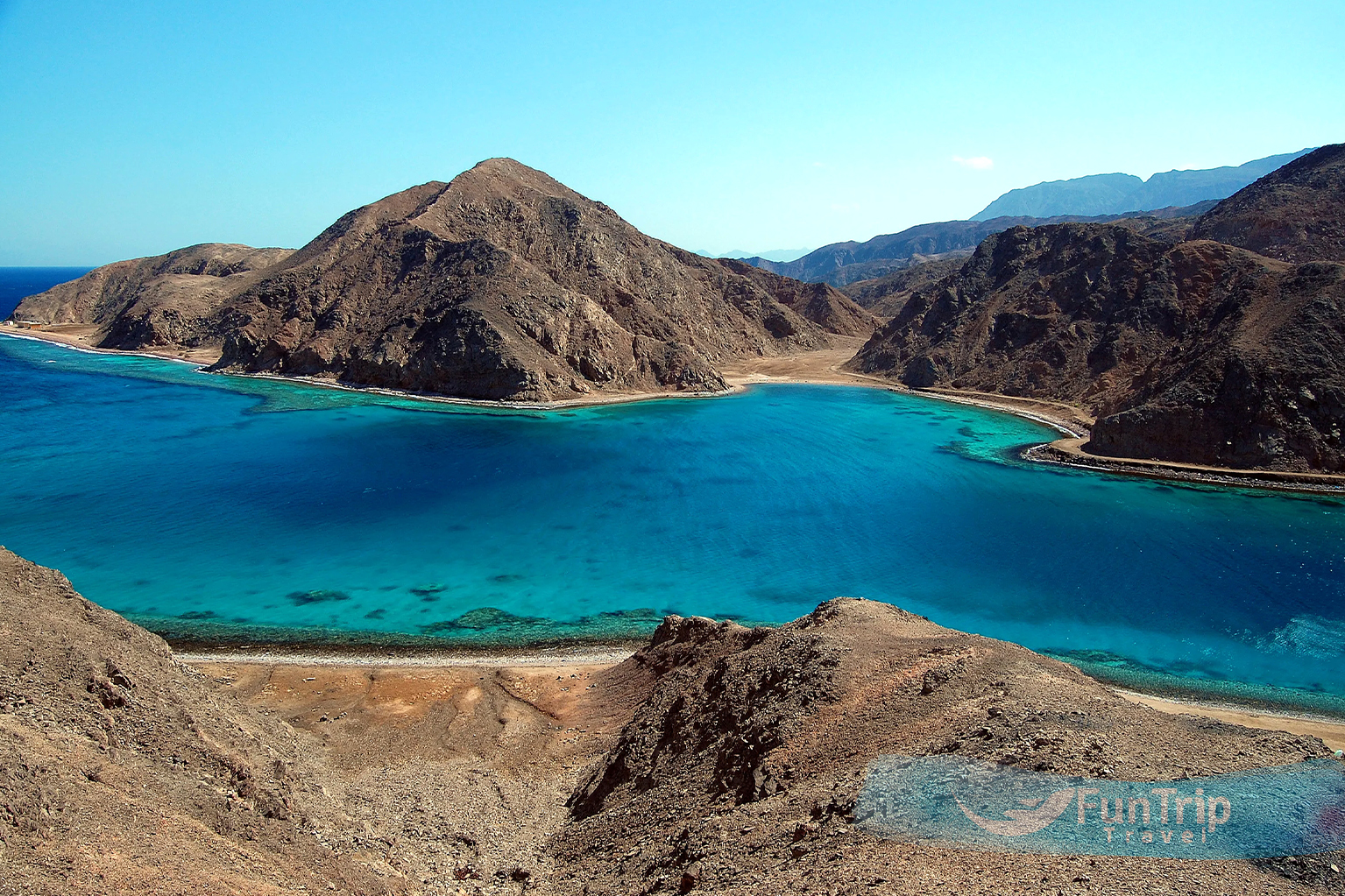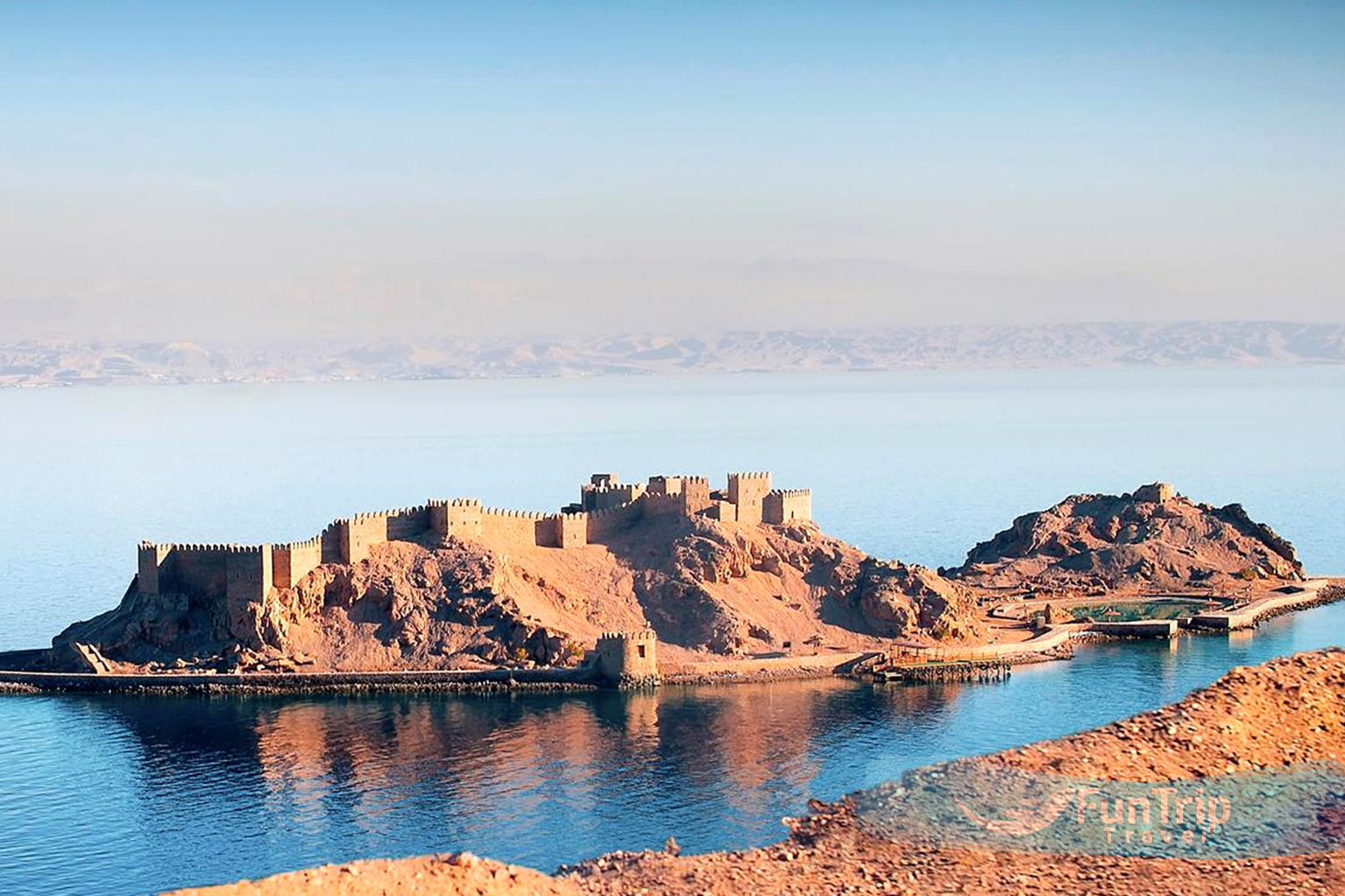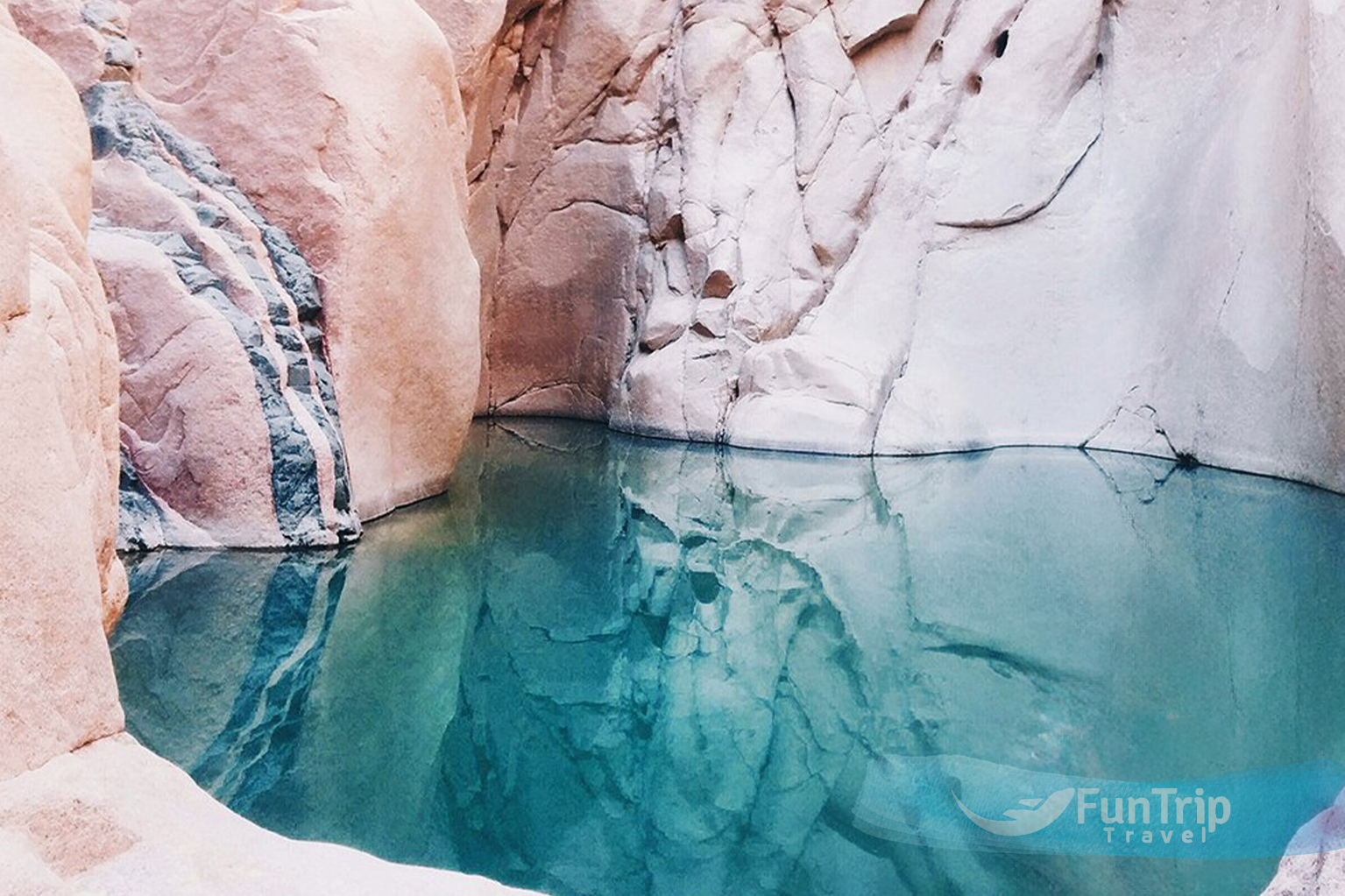is a popular tourist destination in Egypt, covering an area of 64,000 square km. The Sinai Peninsula is an ideal location for sun, sea, and adventure. Sinai is home to many of Egypt’s most popular and least developed beach resorts, providing travellers with ideal lodging and relaxation. Sinai is also known as Egypt’s scuba diving capital, with canyons and mountains for trekking, rock climbing, mountain biking, camping, and even space for rides in desert dune buggies and safari adventures.
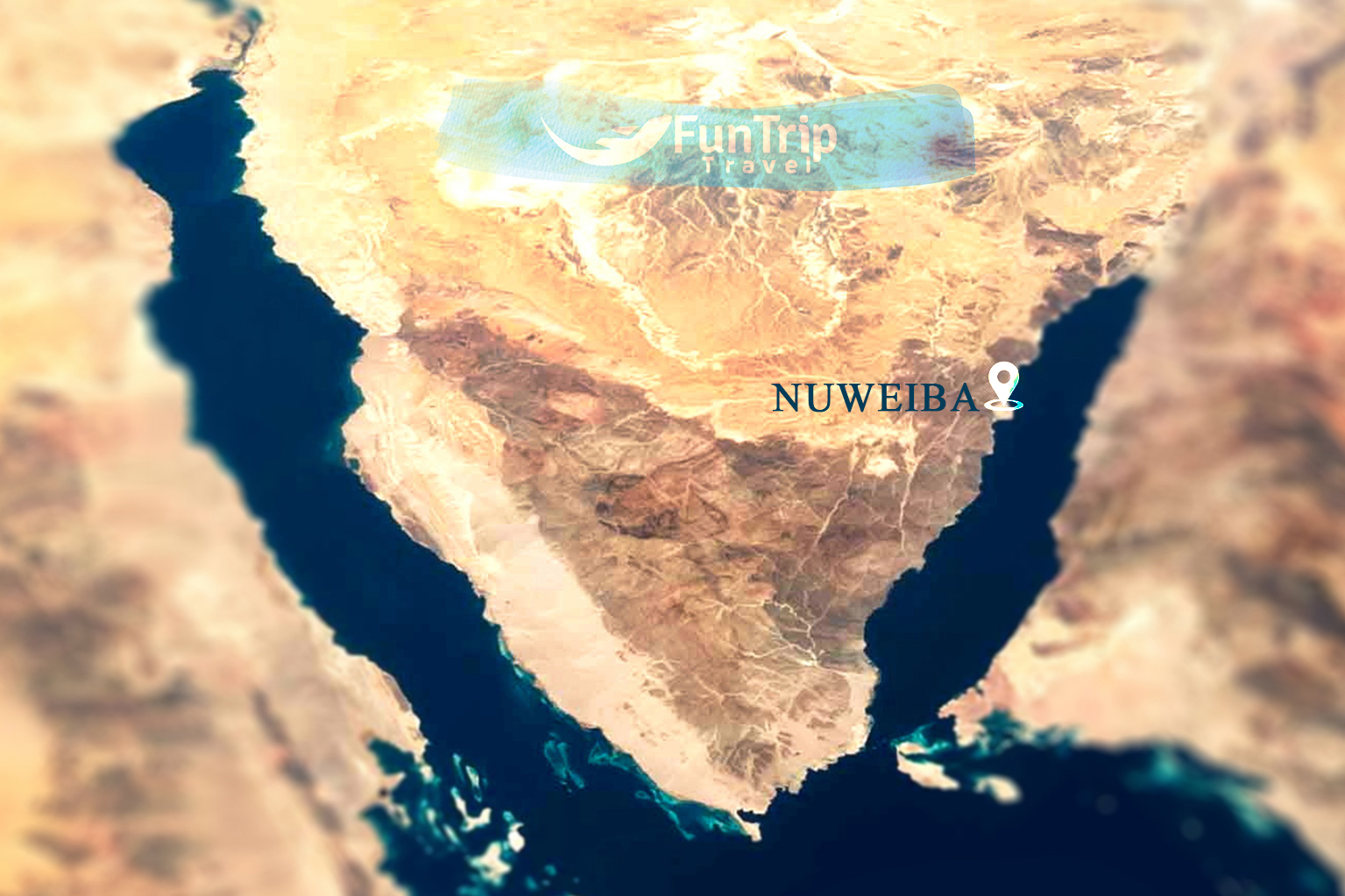
EXPLORE. CONNECT. CREATE MEMORIES.
Nuweiba
History Of Nuweiba
During different times in ancient Egyptian history, the city was a small fishing village with a few tribal people living there. It was also a small stop for traders coming from the Arabian Peninsula. Because of its proximity to the eastern shores of the Aqaba Gulf, Nuweiba became a significant hub for pilgrims traveling to Mecca during the early Islamic period, particularly when the new religion became popular in Egypt in particular and Northern Africa in general. Later, during the Islamic era in Egypt, Nuweiba began to gain commercial importance and became Egypt’s eastern gate. This is why, in the 16th century, Mamluk Sultan El Ghoury built his famous fortress near the city. Nuweiba is a city in the eastern part of the Sinai Peninsula. It is on the coast of the Aqaba Gulf. In recent years, it has become a great place for tourists to visit because of its beautiful beaches and calm atmosphere. Nuweiba is called the “Jewel of the Gulf” because of its beautiful golden beaches lined with palm trees. This makes it a unique place for divers and beach campers to go on vacation. Nuweiba’s commercial activities are thriving and expanding. Thanks to the international port of Nuweiba, which welcomes ships from all over the Red Sea, and the fact that there are hydrofoil services from Nuweiba to Aqaba (a Jordanian city) and the port that can be reached in less than an hour, visitors to Nuweiba have a fantastic opportunity to go explore Petra, the amazing historical city established by the Nabateans. Nuweiba is primarily divided into two sections. The first is located in the city’s northern section and is known as the Muzeina, after the name of the tribe that lives in this area. The second section is the Tarabin section, which is also named after the tribe that lives in the area. This area also houses the famous fortress built by Sultan El Ghoury, Egypt’s Mamluk ruler during the 16th century. And This large sand dune separates Nuweiba City from the Tarabin beachfront area. It’s a good place to swim if you’re in the Tarabin area. And Ras Shaitan located 15 km north of Nuweiba, this is a famous beach camping and diving location. The contoured topography, which includes narrow valleys, sand-filled depressions, and deep chasms, is undoubtedly the highlight of this dive. Colored Canyon’s swirling, mineral-rich, layered rock formations are one of Sinai’s top out-of-the-water natural attractions. The canyon, located 177 kilometers north of Sharm el-Sheikh, is a showcase of the desert’s natural beauty, carved out by millennia of wind and water whittling away the rock. Visitors can scramble along the canyon path to access the rose-pink-striped interior of the rock face. This is one of Sharm el-Bait Sheikh’s days out for nature lovers. Exploring the oddly shaped pinnacles and boulders that have been brushed with shimmering red and orange hues provides some fantastic photo opportunities. If you plan to visit, wear good walking shoes with good tread and bring plenty of water.
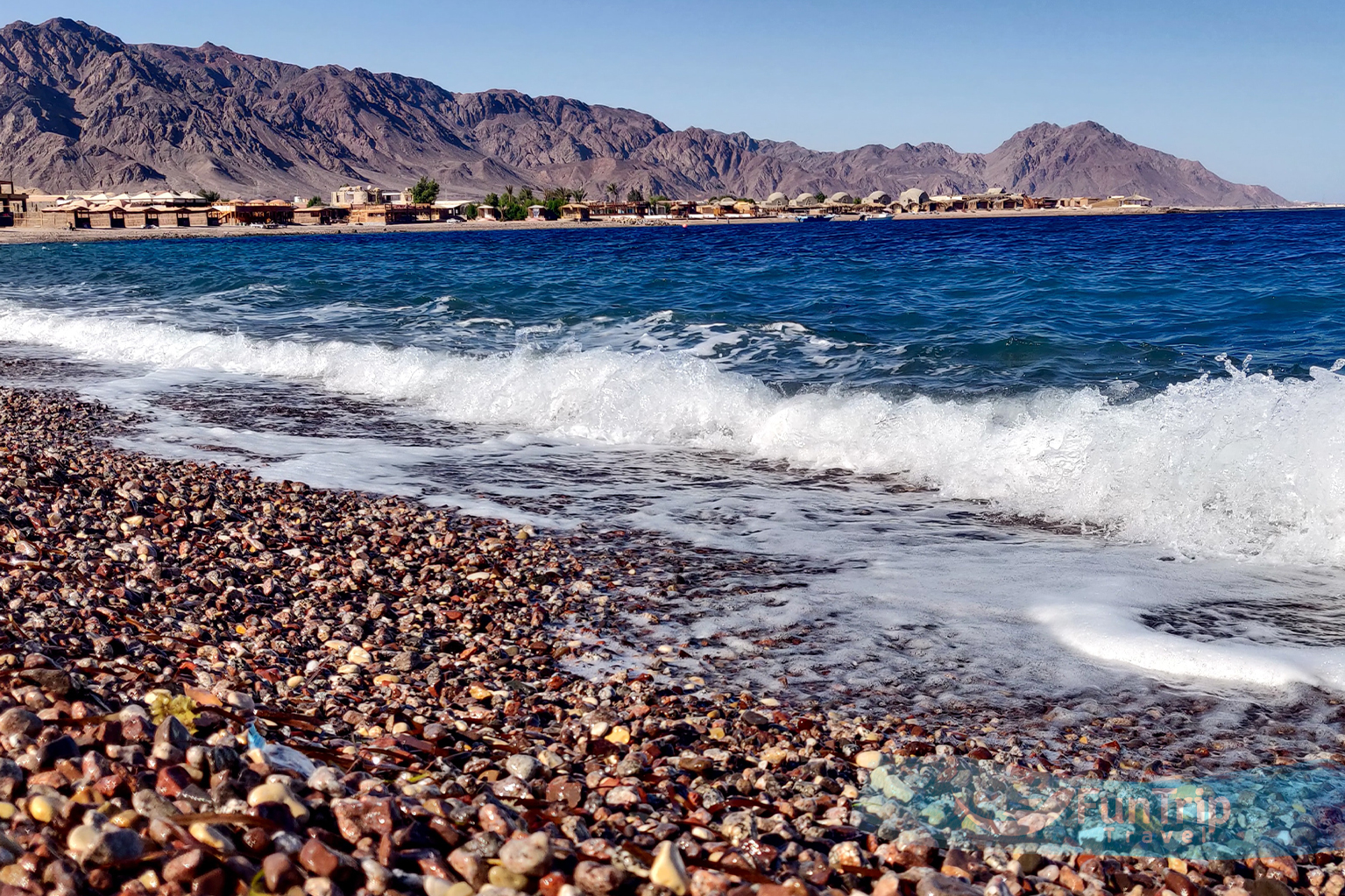
Taba
Taba is one of Sinai’s small towns. Taba, located less than 2 km from Israeli borders, was the last city under Israeli control after the October 1973 war before Egypt reclaimed it in 1989. Although it has never been determined what the word Taba means, it is most likely an ancient name given by the Pharaohs to this small trading transit point on the way from Egypt to the Arabian Peninsula and Asia Minor at the end of the journey. Taba and its surroundings were added to Sinai’s protected areas in 1988 to preserve the beauty of the region, which includes the coloured Valley or coloured canyon, which was formed by an ancient river that tended the sandstones. Taba is quickly becoming a popular diving and snorkelling destination. Taba has been the focal point of many visitors to Egypt, with areas such as the so-called Fjord, which is the most beautiful and striking inlet of the entire Aqaba Gulf, and many other attractive diving spots.
